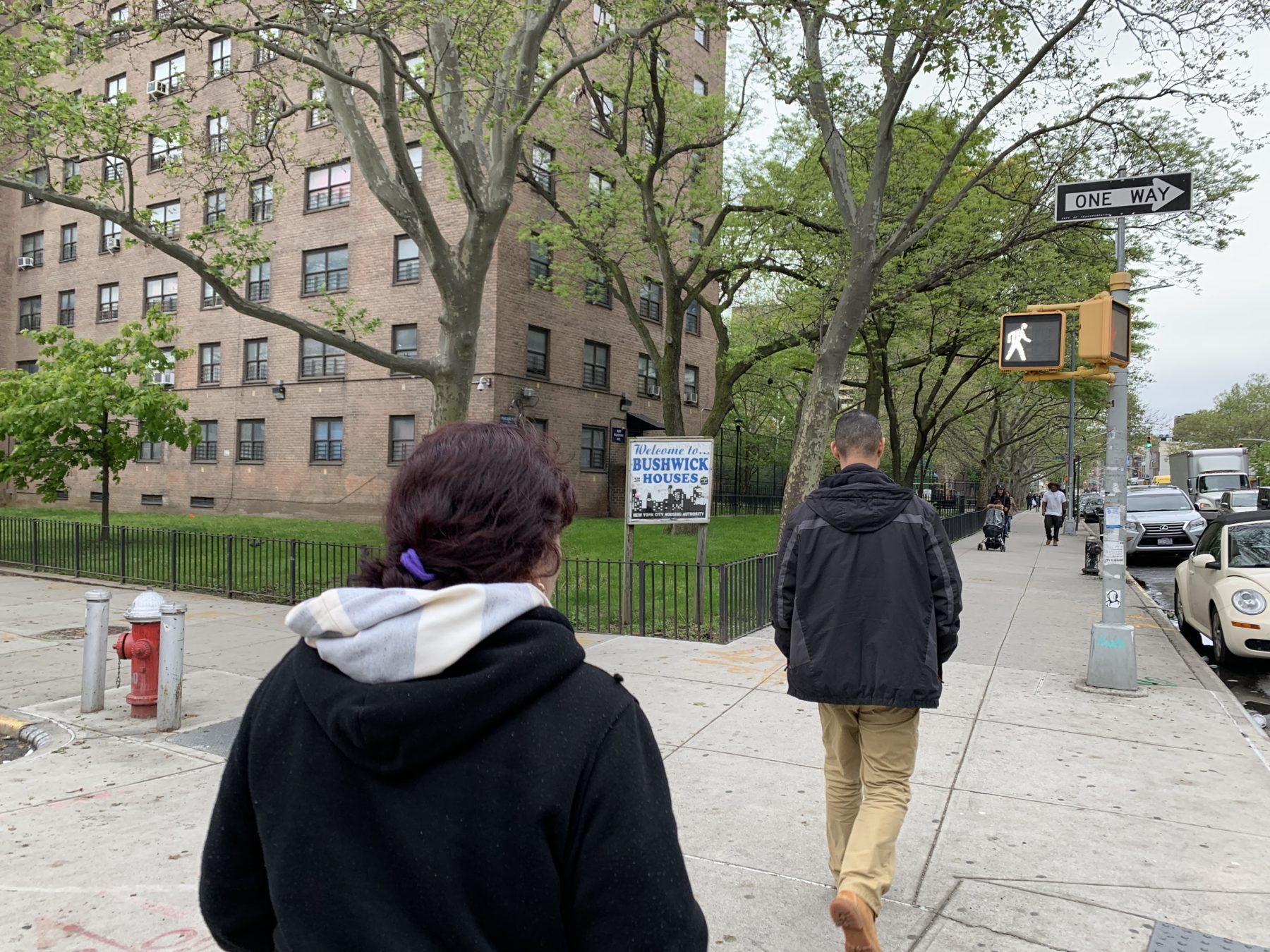At NYCHA’s most dangerous development, tenants wonder: Is the city doing enough?
One year since an unsolved double murder at Bushwick Houses, neighbors still live in fear.

When Dominique and her children moved into their new apartment in the Bushwick Houses in December, no one mentioned that two tenants in separate apartments down the hall had been shot to death in their homes that past spring – and that no one had been caught for the murders.
One of the victims, Ana Del Valle, was found by her daughter on May 11, 2018, bound and shot to death in her apartment at 140 Moore St., according to police. Two days later, Del Valle’s next-door neighbor, Basil Gray, was also found shot in the head and killed. No one has been arrested for the killings, which police believe are linked and consider a double homicide.
“Housing never even told me two people was murdered on this floor, which I think they should be required to say,” said Dominique, who declined to give her last name out of fear for her safety. “Who would want to live on the floor where two people were murdered and the murderer is still at large?”